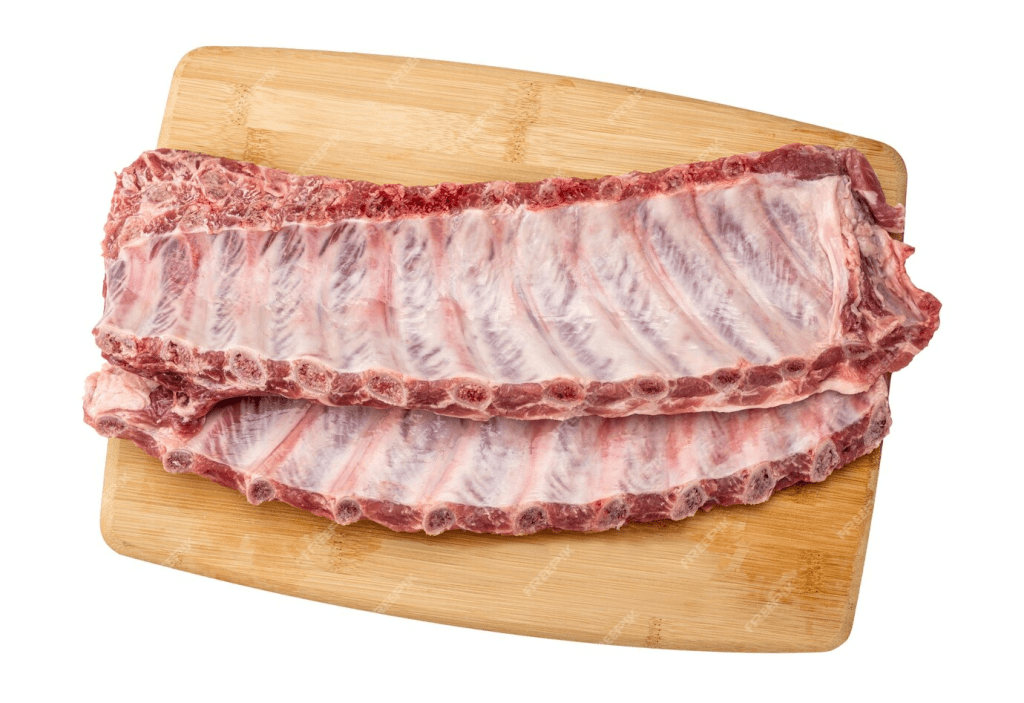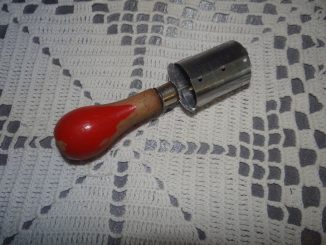Although ribs can be enjoyed year-round, there’s something about summer that makes us even more hungry for juicy, spicy pork ribs. Paired with homemade macaroni and cheese, a side of classic coleslaw, and warm, buttered buttermilk biscuits, it’s a real barbecue party.

Cooking ribs at home—whether in a smoker, on a grill, or in the oven—is relatively easy. And there are so many variations too, making it easy to tailor this cut of meat to your family’s preference. Before the cooking begins, however, you must know how to best prepare the ribs. The question is: to rinse or not to rinse. Rinsing ribs is not only unnecessary, it’s potentially a health risk.
We consulted with Chad Carr, professor and extension meat specialist in the department of animal sciences at the University of Florida, about whether you should rinse ribs, and we break it down for you below.
Carr says ribs do not need to be rinsed. “Rinsing fresh meat or poultry is unnecessary as the bacteria causing possible foodborne illnesses will be terminated with proper endpoint cooking temperature and time combination,” explains Carr.
The meat specialist adds: “Rinsing raw meat only creates the opportunity for contaminating the rest of your kitchen.”
Carr is clear that rinsing ribs increases the risk of contamination, reiterating USDA guidelines about rinsing meat. This is because washing meat or poultry can result in bacteria splashing on various kitchen surfaces, from the sink to the countertop to drawer handles. Other foods in your home can also be susceptible to this bacteria.
Another reason not to rinse ribs besides the big one—avoiding contamination—has to do with the final food product. Says Carr, “In general, adding water to the surface of fresh meat works against meat browning and color development during cooking,” so ribs that have been rinsed may contain residual water even if you’ve taken care to pat them dry, and this water can get in the way of the meat’s browning.

Better to use “a little olive oil or a similar oil with a higher smoke point,” which Carr says will allow any rubs or spices to adhere to the exterior and promote browning. Before browning the ribs or dry-brining them with a flavorful rub, you’ll want to remove the very thin membrane from the back of the ribs. Be sure to wash the area—and your hands—thoroughly after the membrane has been removed and discarded.
The USDA recommends cooking pork ribs to an internal temperature of 145 degrees Fahrenheit. Ribs may be cooked in the oven, low and slow. Or they can be braised or cooked until the meat is falling off the bone in your slow cooker. Smoke ribs if you have an outdoor smoker and some time to let the ribs slowly smoke with a bright and bold-flavored rub. Season ribs and grill for eight or so hours. And don’t forget the sauce! Ribs go great with a classic sweet barbecue sauce, an Alabama white, or a tangy North Carolina vinegar sauce.
In summary, rinsing ribs is not necessary and can actually increase the risk of cross-contamination in your kitchen. Instead, focus on properly preparing the ribs by removing the membrane, seasoning them well, and cooking them using your preferred method until they reach the recommended internal temperature. With a little care and attention, you can achieve mouthwatering, restaurant-quality ribs right at home.


